
 High stone wall at the ruins of Fukui Castle madeof Shakudani stones (Fukui City)
High stone wall at the ruins of Fukui Castle madeof Shakudani stones (Fukui City)
Story2
 Shichirikabe in the city areaof Katsuyama (near Gisenji Temple)
Shichirikabe in the city areaof Katsuyama (near Gisenji Temple)
Katsuie Shibata, who was bestowed Echizen province by Nobunaga Oda, built his castle in Kitanosho located at the center of Fukui City now. It is said that Kitanosho Castle had seven-tiered (or nine-tiered) donjon with its roof tiles made of Shakudani stones. Katsuie built the Tsukumo bridge over the Asuwa River, northern half of which was made of wood and southern half Shakudani stone.
In the Edo period, Hideyasu Yuki was bestowed Echizen province and he built Kitanosho Castle (subsequently called Fukui Castle), which was surrounded by four moats. There remains only inner moat now. Besides this, stone wall made of approximately 40,000 Shakudani stones, foundation of a castle tower, etc. remain.In this way, in recent times, partly because urban development was started close to Mt. Asuwa which produced Shakudani stones, this stone came to be used in large quantity for building material. A lot of Shaku-dani stones are used for "Senjojiki", the graveyard of the Matsudaira family in Daianzenji Temple, "Tangando", etc. Shakudani stones were also transported to various places facing the Japan Sea by Kitamaebune, cargo ships that sailed the Japan Sea during the Edo per
In the castle town of Katsuyama, on the other hand, city district was constructed by utilizing a river terrace formed by the stream of the Kuzuryu River. "Shichirik-abe", which was made by piling up river stones on the wall of a terrace at the height of 5 to 7 meters stretching approximately 20 km from north to south, was used to divide the castle surrounded by samurai residences and townhouses,etc., forming distinctive landscape even today.